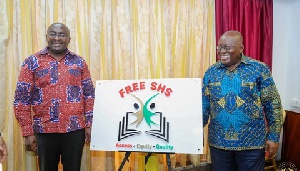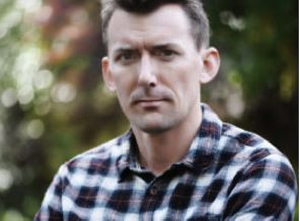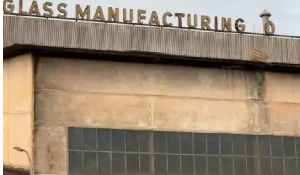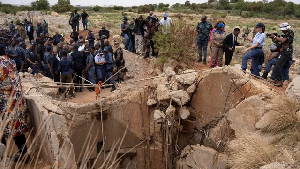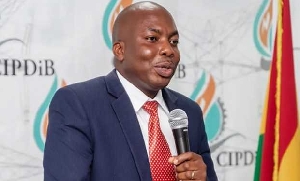Out of a total GH?202.38 million of oil money made available to the education sector through the Annual Budget Funding Amount (ABFA), GH?196.38 million was used to fund the Free Senior High School programme, the 2017 report of the Public Interest and Accountability Committee (PIAC) report has shown.
The money, being 97 percent of the entire allocation, is about three times bigger than allocations to both the Health and Agriculture priority areas.
According to the PIAC report, GH?332.29 million of the ABFA’s GH?736.03 million allocation was utilised – leaving GH?403.74 million unutilised as at the end of 2017.
When added to the 2016 balance of GH¢77.73 million, total ABFA brought forward to 2018 stands at GH¢481.47 million.
Out of the amount utilised from the ABFA, GH?202.38 million – being 61 percent – was spent on education while GH?49.07 million, being three percent, was allocated to Agriculture.
Furthermore, GH?41.62 million, 12 percent, went to roads, rail and other critical infrastructure while GH?29.22 million, 9 percent, was allocated to the Ghana Infrastructure Investment Fund (GIIF).
PIAC itself got GH?1.35 million, which is 0.4 percent, while the health sector got GH?8.66 million, being 3 percent.
The transfer of funds to the ABFA is in accordance with Section 18 of the Petroleum Revenue Management Act (PRMA), which among other things states that a percentage of the Benchmark Revenue shall be allocated annually to the Annual Budget Funding Amount.
This is expected to be guided by a medium-term development strategy aligned with a long-term national development plan, the absorptive capacity of the economy, and the need for prudent macroeconomic management.
Section 21(3) of the PRMA goes on to define some priority areas for spending petroleum revenue within the budget where the long-term national development plan approved by Parliament is not in place.
As government plans to absorb part of the fees paid by second and third-year students at the various government-assisted second cycle institutions – which is by extension an upscale of the Free SHS programme – it is clear that allocations to the other three priority areas will significantly reduce.
For instance, an amount of GH¢53.14 million was disbursed from the ABFA account in the first half of 2017. This was spent on three out of the four priority areas: notably Agriculture, which was allocated GH¢17.92 million; Road, Rail and Other Critical Infrastructure – GH¢29.22 million (as transfer to GIIF); and the Physical Infrastructure and Service Delivery in Education received GH¢6 million.
However, there were no disbursements to ‘Physical Infrastructure and Service Delivery in Health’.
In spite of the fact that 97 percent of the ABFA disbursement to the Education priority area went to fund the Free SHS programme, there are still a number of challenges with the programme’s implementation.
At a recent assessment visit to some senior high schools in the Brong Ahafo Region by PIAC and journalists from the Institute of Financial and Economic Journalists (IFEJ), it emerged that delays in the release of funds has been compelling school authorities to rely on monies collected from second and third year students to cover the programme until the funds are released.
This has been a worry to many of the headteachers – who observed that if no immediate steps are taken to address the situation, things could worsen should the continuing students complete before the programme is upscaled.
The Vice Chairman of PIAC, Dr. Thomas Stephens, while commending the intervention by some of the headteachers noted that: “This is not an arrangement that can continue indefinitely, especially when the SHS two and three come on-stream in respect of the Free SHS programme”.
He said government will have to put in place measures to ensure timely release of funds to the various senior high schools for implementation of the Free SHS programme.
General News of Thursday, 28 June 2018
Source: thebftonline.com





